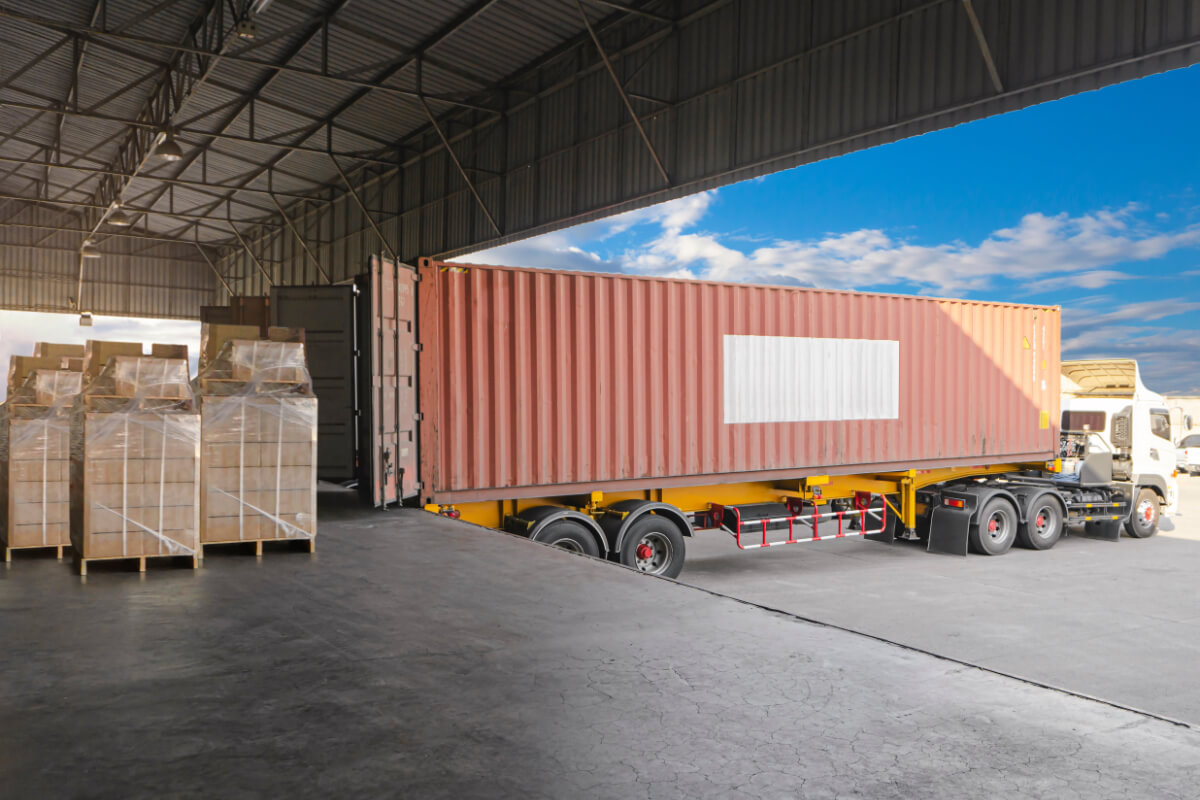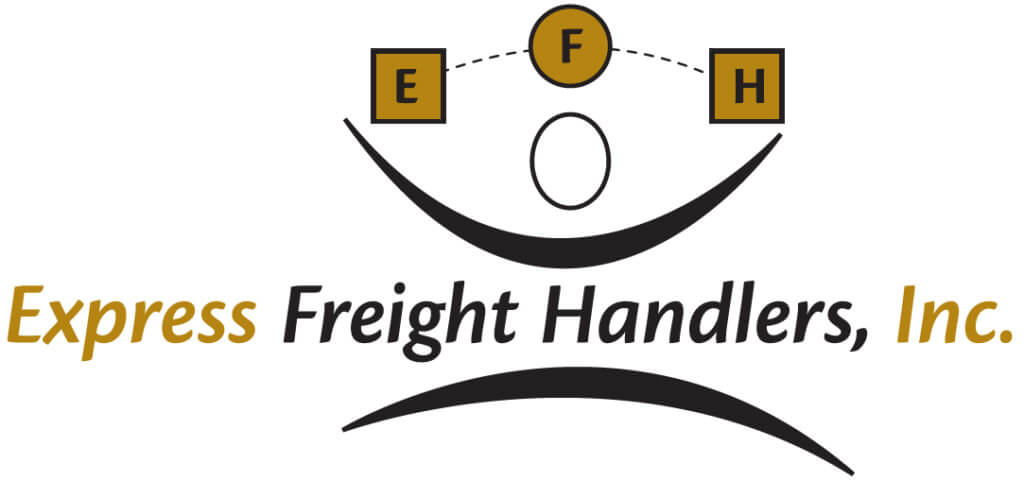
Freight transportation is very big business. According to the Transportation Statistics Annual Report, in 2016 freight transport systems moved approximately 18 billion tons of goods valued at over $18 trillion. This translates on average to about 55 tons of freight per person in the U.S. each year.1 This example makes it easy to see why waste in the form of damaged goods and/or time is detrimental to increasing profits. That is why when you are looking to hire the right lumper service company, be sure to partner with an experienced, well-established firm whose management understands and will comply with your receiving operations requirements. Over time, professional unloading services have developed highly-efficient systems so that your supply-side expenses can be reined in, managed, and possibly, even reduced.
How is this possible? As is true for most industries, experience and teamwork matter. Take, for example, our national firm, Express Freight Handlers. We currently provide unloading services in over 38 states. Our seasoned teams can be quickly deployed and are thoroughly trained and OSHA-certified. They are both experienced in providing expert lumper services and in following our synchronized system. Every ‘mission’ is overseen by management to ensure the highest standards of quality and performance. This way, should there be an issue, it is addressed immediately, saving time and money.
The chief value when hiring a lumper services company is to mitigate risk. Express Freight’s unloading services can strengthen your supply chain because every job we undertake is fully accountable. We even supply reports tailored to address your specific requirements. When you need a lumper company to unload your trailers, and if greater accountability, faster service, and a seamless delivery process will improve your bottom line, fill out our contact form.
CITATIONS:
- Transportation Statistics Annual Report https://www.bts.dot.gov/sites/bts.dot.gov/files/docs/browse-statistical-products-and-data/transportation-statistics-annual-reports/Preliminary-TSAR-Full-2018-a.pdf Section 4-1

